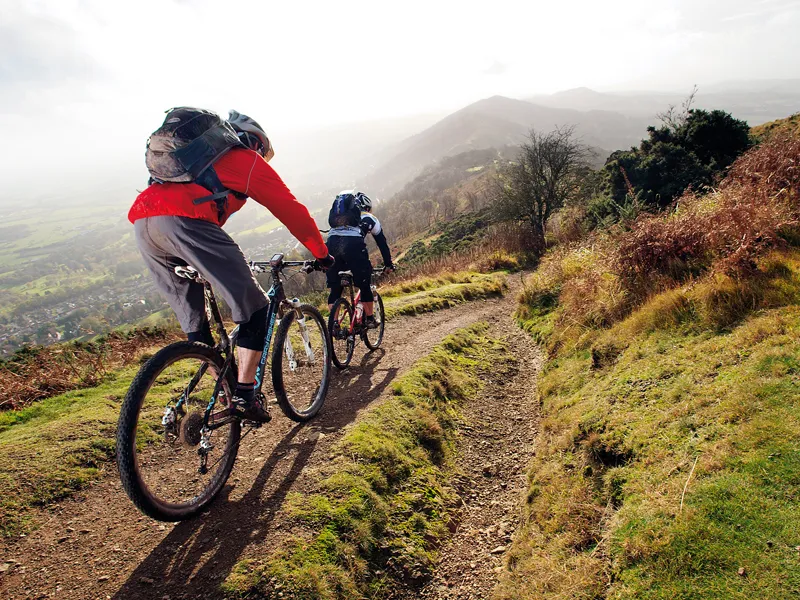There’s been controversy over the performance of waterproof/breathable fabrics, with some claims that they don’t do anything useful. What wicks? What works? What won’t? We delve into the materials used in winter cycling gear.
Fabric types
There are many different breathable fabrics offering a range of performances. They can be split into three main categories:
PTFE/PU
This is how the pioneering Gore-Tex fabrics are constructed. The PTFE layer is microporous, so water vapour can pass through it. Moisture can also pass through PTFE, but it’s highly hydrophobic (it repels water), so it takes a lot of pressure from outside to force water through – more than rain can usually muster. Make the inside hotter and wetter than the outside, though – when the wearer exerts themselves – and the resulting energy gradient can force water vapour outwards through the fabric.
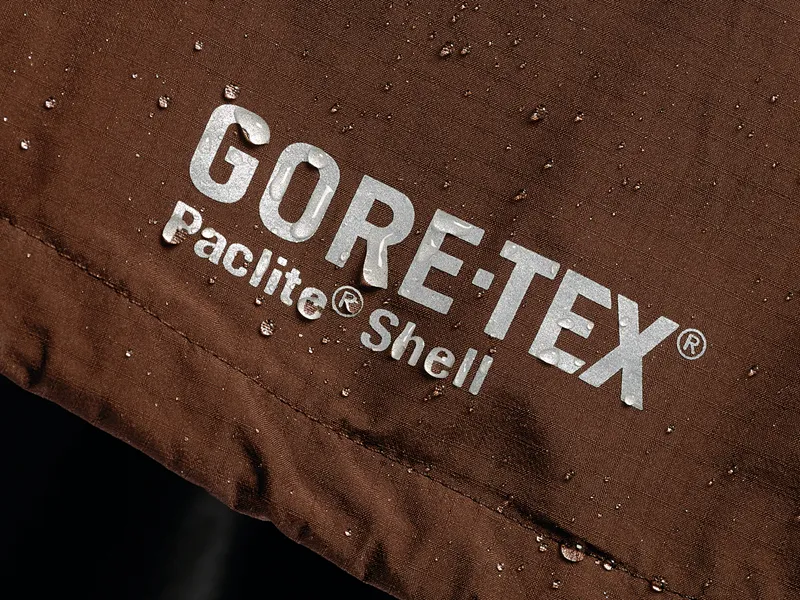
A thin layer of polyurethane (PU) on the fabric’s inside protects the PTFE from contamination. PU isn’t microporous, but transports moisture by diffusing individual molecules. This is much slower than forcing water vapour through PTFE, but in Gore-Tex the PU layer is incredibly thin so it doesn’t hinder things much.
PTFE-only
eVENT and similar fabrics do away with the PU layer and use a chemical treatment to ward off contamination. Even the slight moisture-transit impedance of Gore’s PU layer is gone. It performs equally well at all humidity levels (Gore-Tex is best when it’s warm and wet inside and cold and dry outside). The downside is that PTFE-only fabrics are heavier than PTFE/PU or PU ones. eVENT is also pricey, but there are similar, cheaper PTFE fabrics.
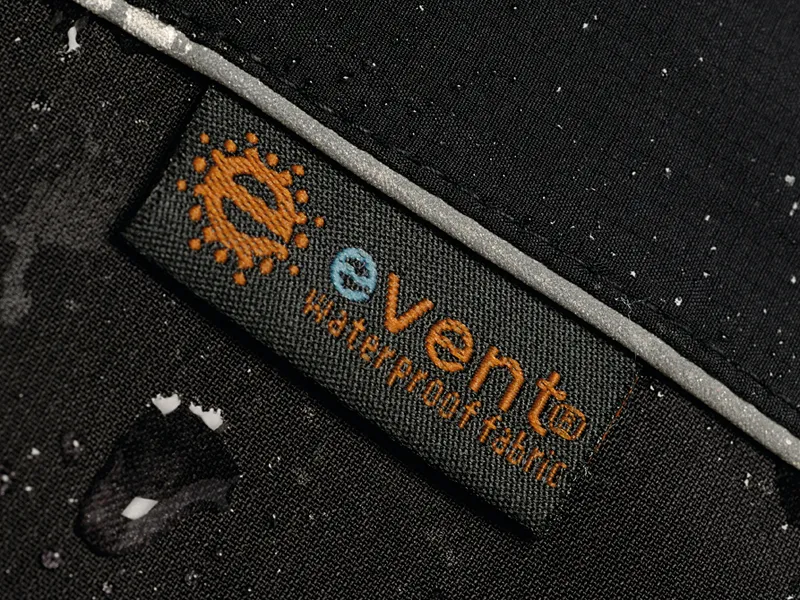
PU only
Most proprietary waterproof/breathable fabrics are based on a single polyurethane membrane and rely on diffusion at the molecular level for breathability. Bonding PU to PTFE, as with Gore-Tex, uses a really thin layer of PU, but bonding the PU straight to nylon or polyester requires a thicker membrane. Because it’s solid (or monolithic), the thicker it is, the less well it works.
All these fabrics work, in the sense that they’ll transfer (or wick) moisture outwards. The controversy is about how well they work. In practice, none of them is sufficiently breathable to keep up with high output levels, and some riders even run hot enough at lower exertion levels to make the best fabrics struggle. But while you’ll ultimately get some moisture buildup inside your jacket, better fabrics take longer to get to that point, and a good material around a rider who’s not working too hard will stay dry.
Non-waterproof
Also remember that you can’t beat actual ventilation to keep cool. Many riders are turning to softshell fabrics such as Gore Windstopper for jackets. Being air permeable, they act like one big vent while keeping wind out. They’re also more breathable than traditional waterproof/breathable options. The downside is that softshell fabrics aren’t as waterproof, but they’re more than up to the job in anything short of sustained rain. The better breathability will regulate your temperature more effectively, even if the rain does eventually get through.
Get the most from your coat
Given the limitations of waterproof/breathable jackets, how you use them is important. The main hazard is overwhelming breathability by working too hard and soaking the inside. The trick is to match the ventilation and insulation of your clothing to your exertion levels. The first thing you should do is to make sure that you’ve got a good wicking layer underneath your jacket.
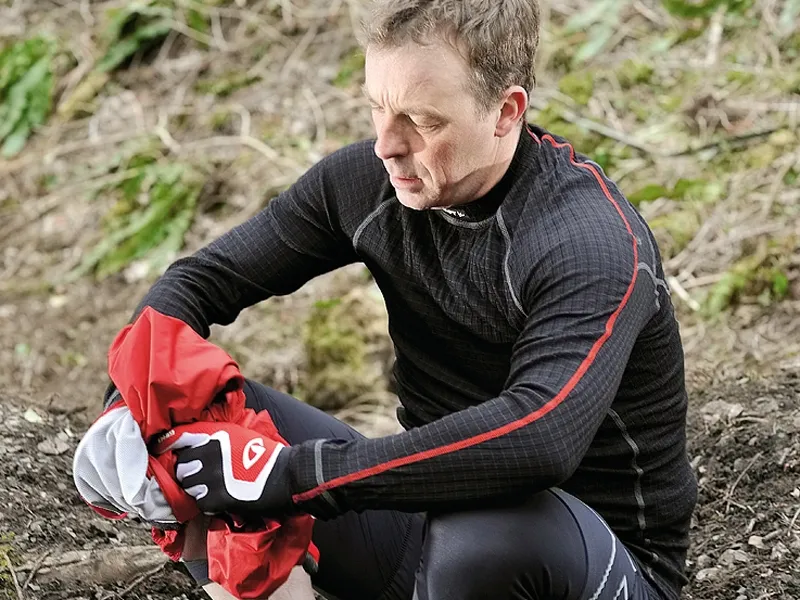
Base layers and wicking jerseys are more effective at getting moisture away from your skin than jackets, so they act as a buffer between you and your coat. If the inside of the jacket does begin to get damp, it’s not such a big issue if your base layer is keeping you dry. Eventually, the base layer itself will get soaked, and that’s bad news.
Pay attention to how warm and dry you are and make changes to your clothing in good time: you want to pre-empt overheating, so if you’re starting to feel a little warm, act sooner rather than later. There are a few strategies open to you. Most obviously, you can take the jacket off, although if it’s still raining you probably won’t want to.
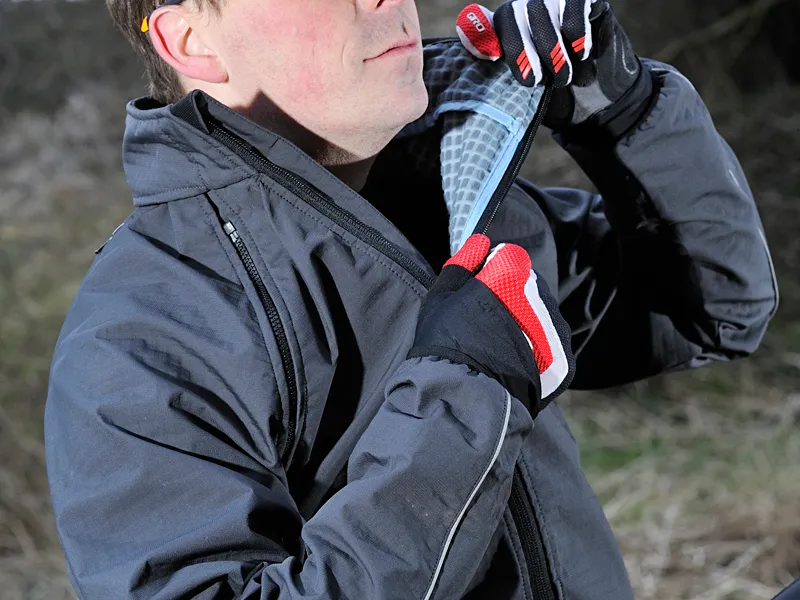
If you’re wearing a base layer and a jersey under your jacket, consider taking one of those off instead. Use whatever ventilation options your jacket offers – open pit zips, loosen sleeves and loosen the hem. At the most basic level, every jacket has a front zip that you can open. Obviously, all of these options will let rain in to some extent – it’s a compromise you need to judge.
Care and feeding
Grubby jackets don’t work as well as clean ones, but at the same time, it’s easy to compromise the performance of a waterproof/breathable jacket with careless washing. Check the cleaning instructions carefully for any special requirements you need to consider. A fairly cool wash is generally advised and it’s best to use either a specific soap (such as those from Nikwax or Grangers) or pure soap flakes – normal washing detergents can damage the all-important membranes or chemical treatments.
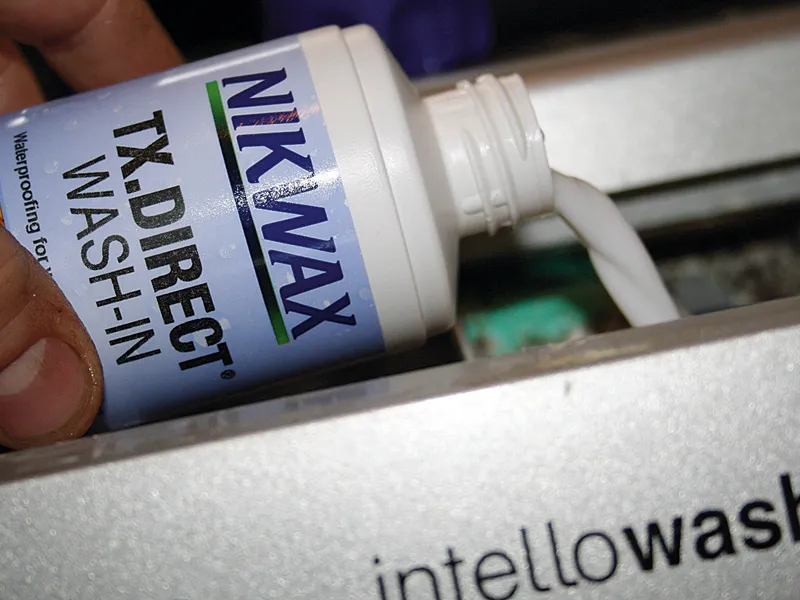
Most jackets will need to be drip dried, possibly with a brief tumble dry or warm iron afterwards to reinvigorate the fabric’s outer waterrepellent coating. Eventually, that coating will need proper refreshing, and there are a number of wash-in treatments available. Finally, if you’ve been out in the rain but then stashed your jacket in a pack, remember to get it out and dry it as soon as possible – mildew is never cool.
Which jacket should I buy?
For advice on what features to look out for when buying a jacket, check out our pick of the best waterproof jackets. For BikeRadar's latest reviews of winter gear, visit our winter clothing homepage or check out the jackets section of our Bikes & Gear browser.
